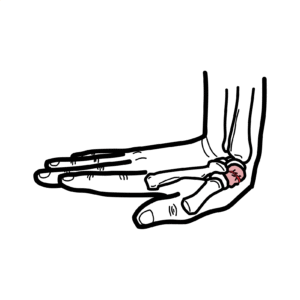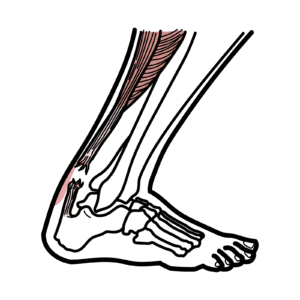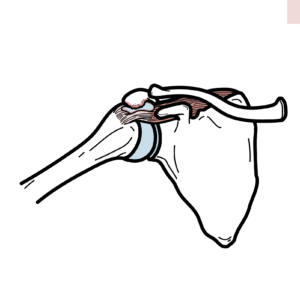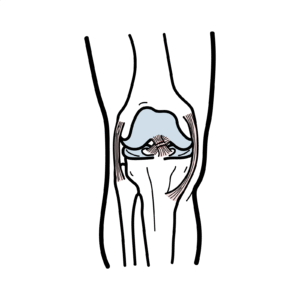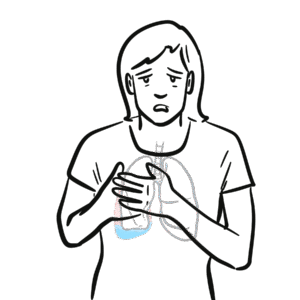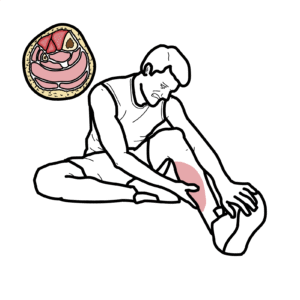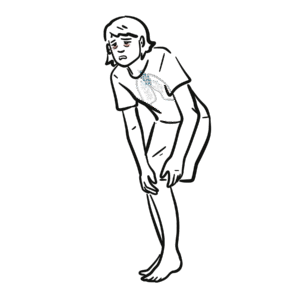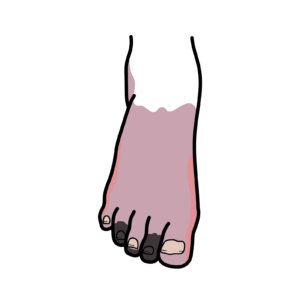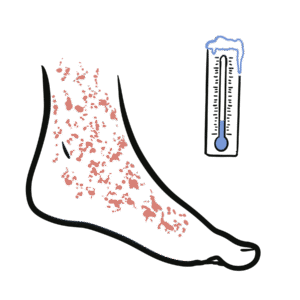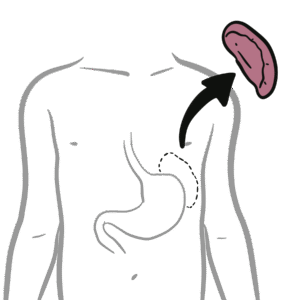Hemophagocytic lymphohistiocytosis – pathophysiology and causes
Hemophagocytic lymphohistiocytosis (HLH) explained: learn causes, signs, tests, and life-saving treatments. This video breaks down HLH, a hyperinflammatory syndrome where overactive macrophages and cytotoxic T/NK cells trigger a cytokine storm that can destroy tissues and cause multi-organ failure. You’ll learn the difference between primary (hereditary perforin/granzyme defects) and secondary HLH (triggered by infections like EBV, malignancy, or autoimmune disease), the core pathophysiology—macrophage activation, failed cytotoxic regulation, and resultant hemophagocytosis—and why ferritin, triglycerides, cytopenias, coagulopathy, and organ dysfunction are hallmark findings. Key diagnostic steps are covered: blood counts, coagulation and liver panels, ferritin, soluble IL-2 receptor, viral PCRs, cultures, bone marrow biopsy for hemophagocytosis, imaging to find malignancy/infection, and genetic/immunologic testing. Practical management priorities include urgent hematology referral, immunosuppression with steroids, supportive transfusions and correction of coagulopathy, treating underlying triggers, and hematopoietic stem cell transplant for definitive therapy in refractory or genetic cases. Understand prognosis—rapid progression if untreated and about 50% survival with treatment—so early recognition is critical. Watch to gain a clear, clinically relevant overview that helps clinicians and students recognize, investigate, and act on HLH promptly. Learn the signs, tests, and interventions that can change outcomes—subscribe for more concise clinical guides.





